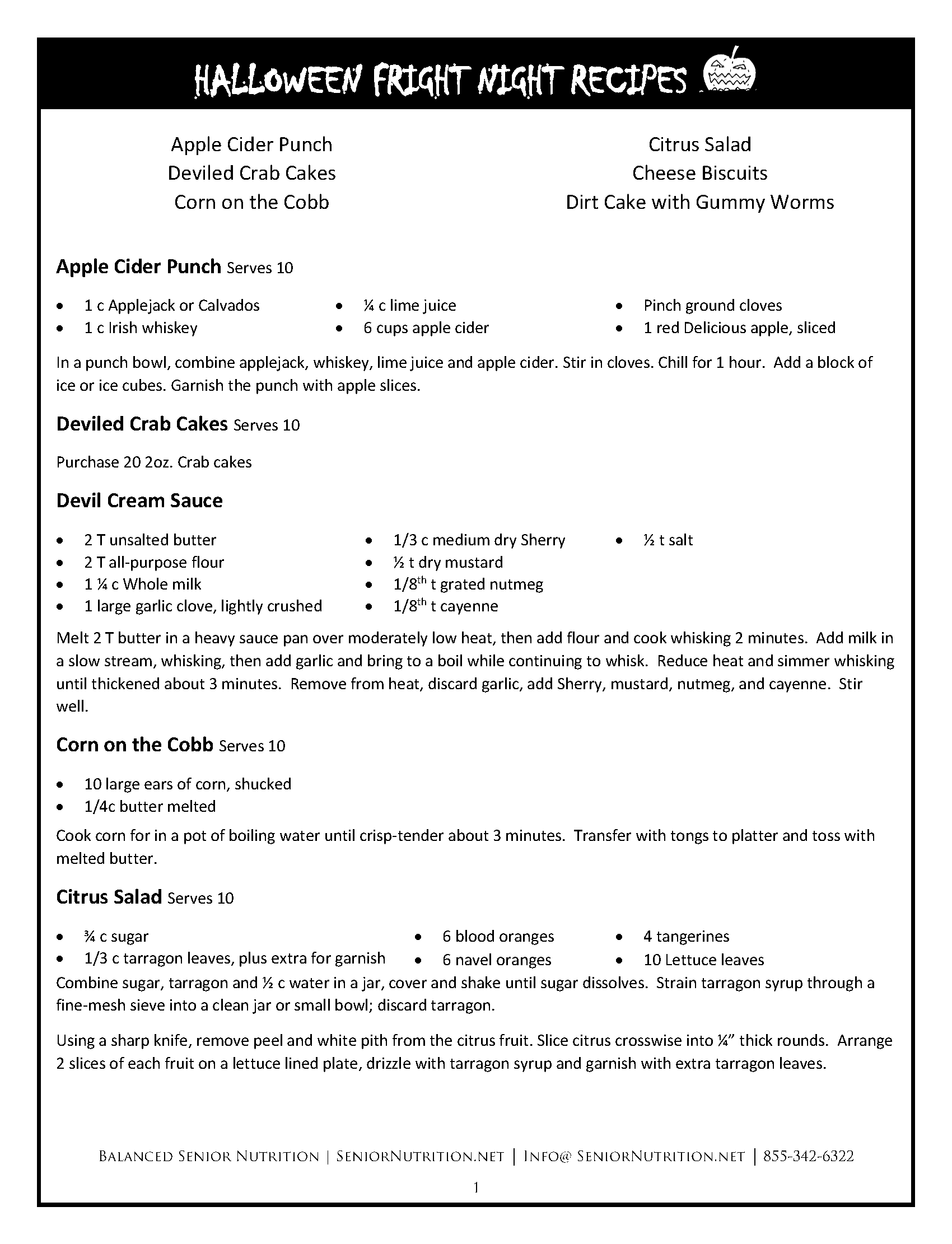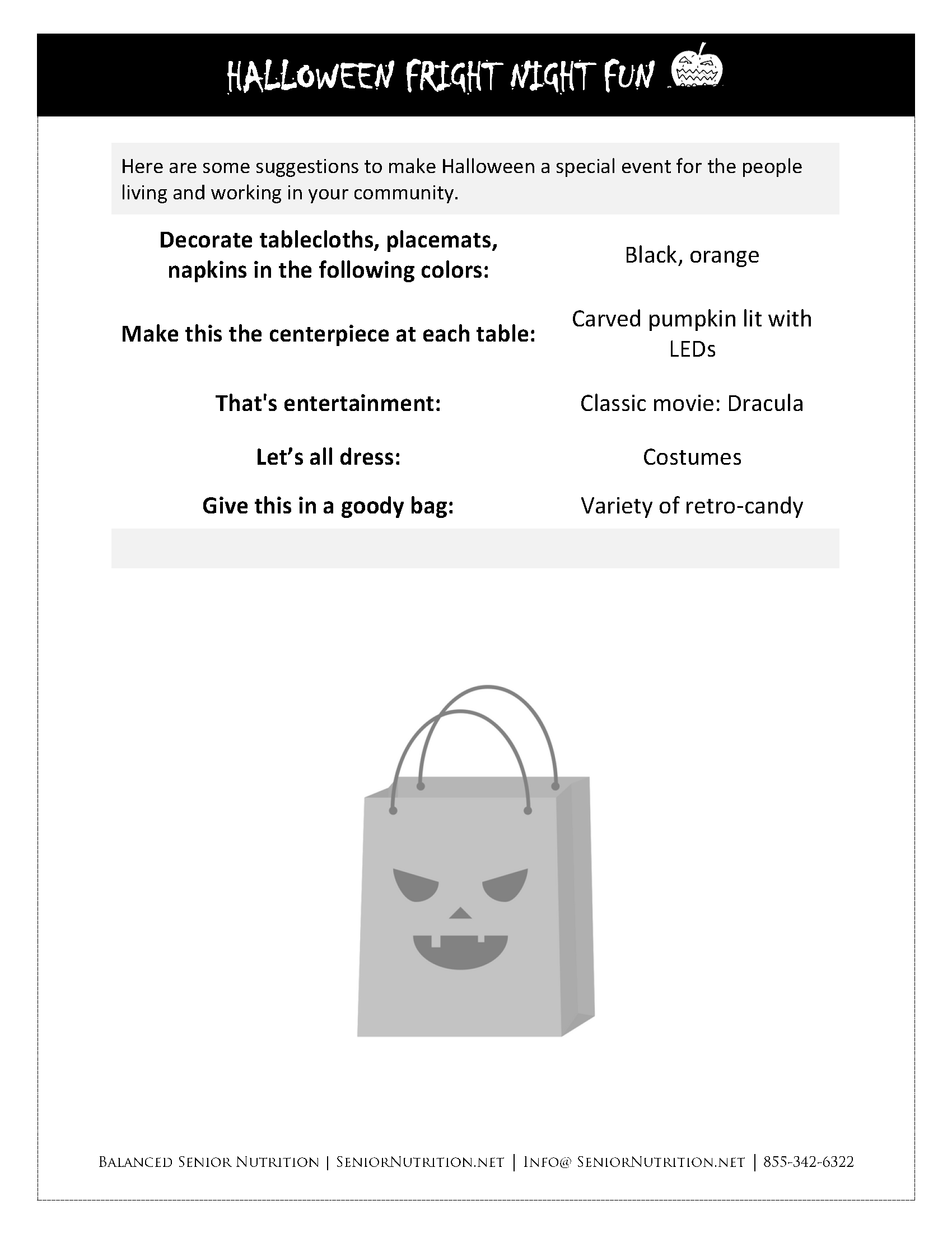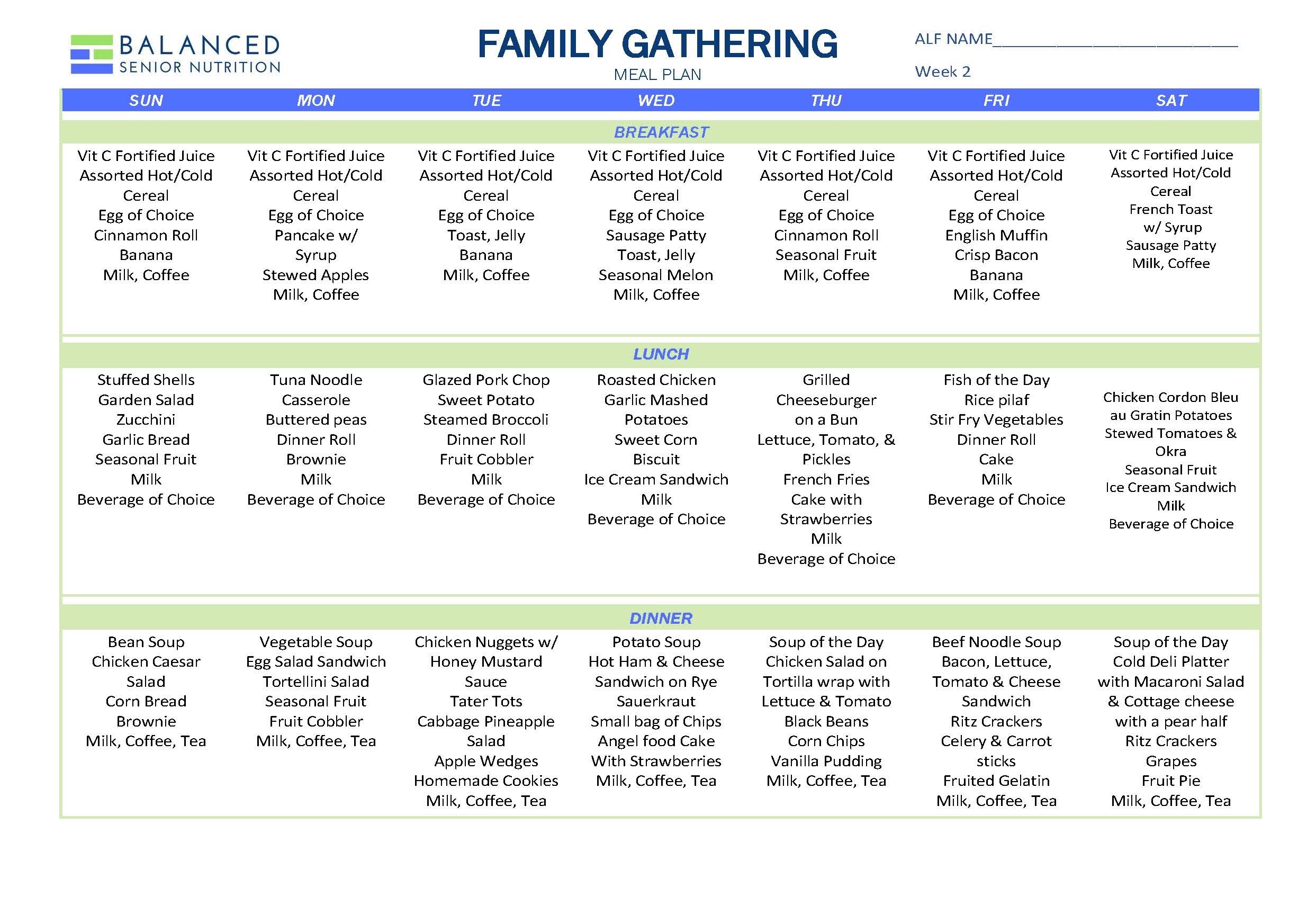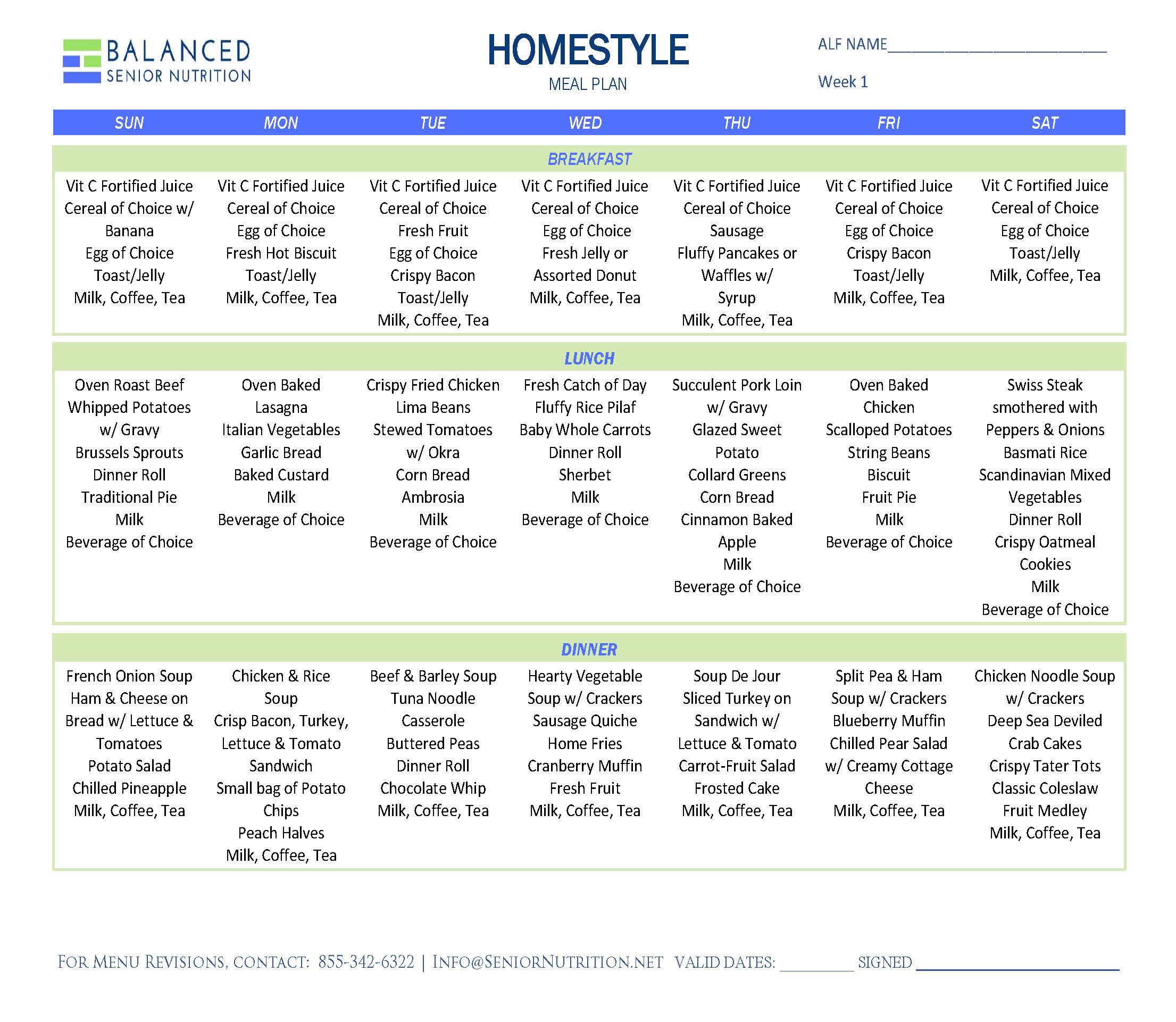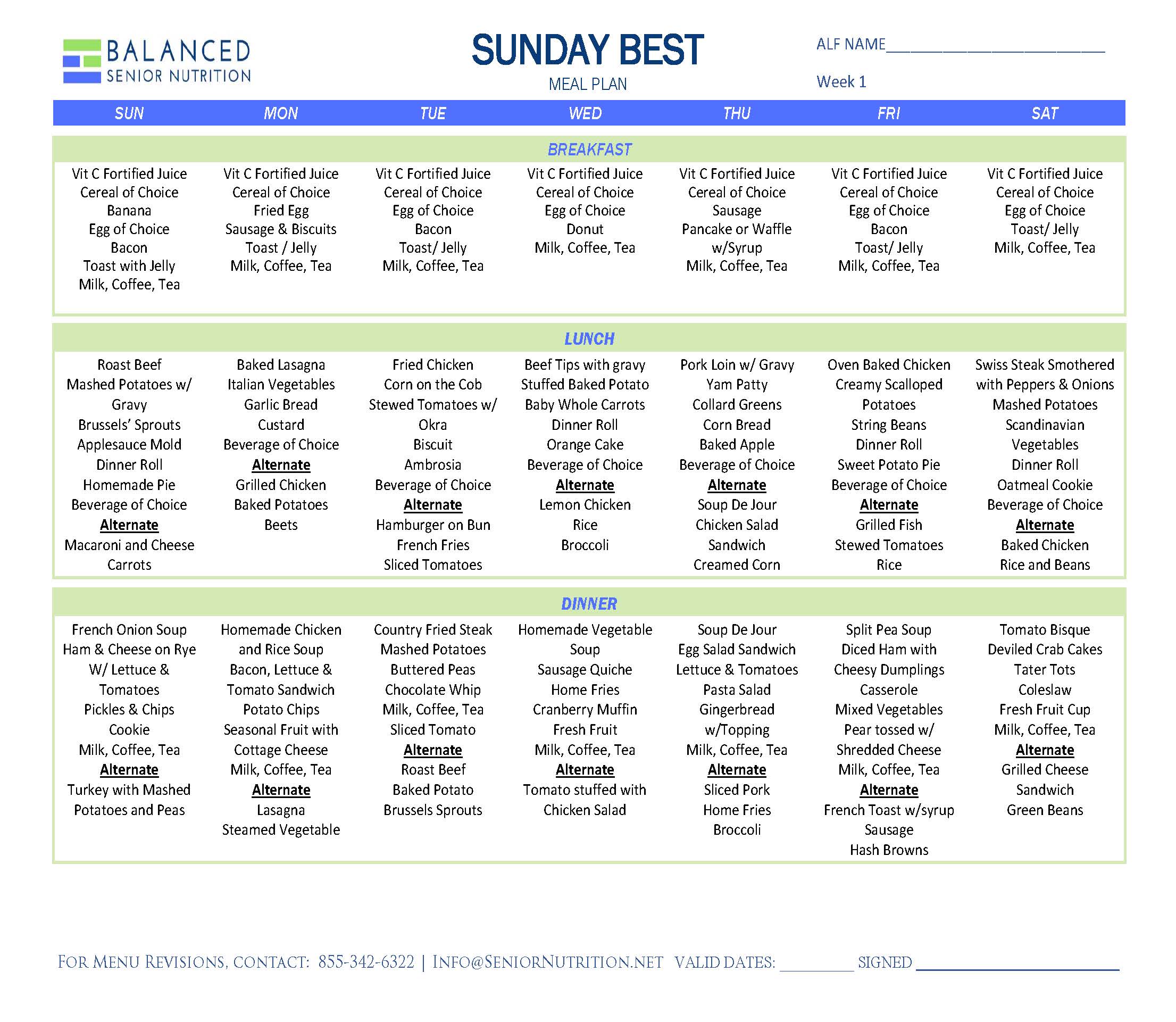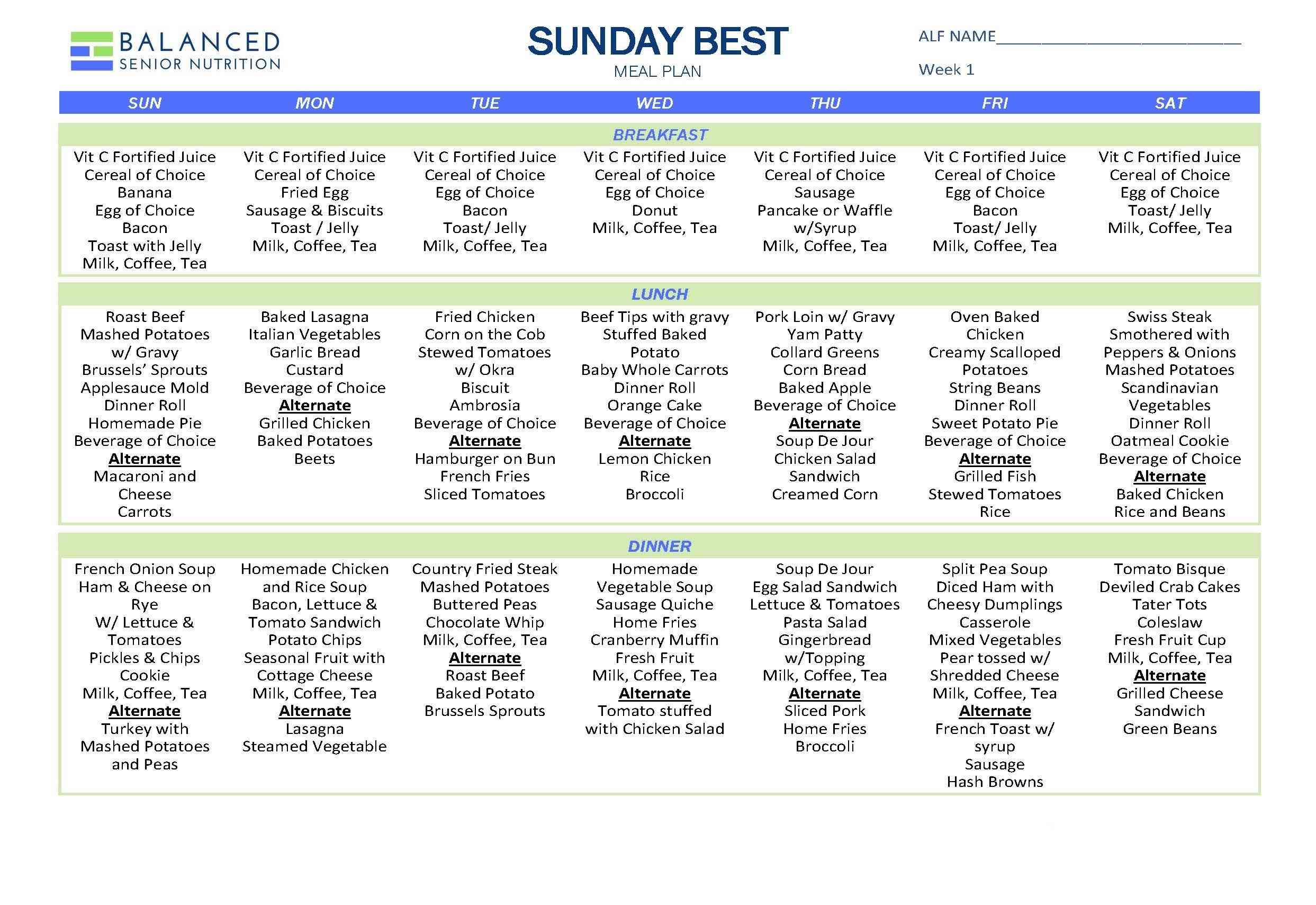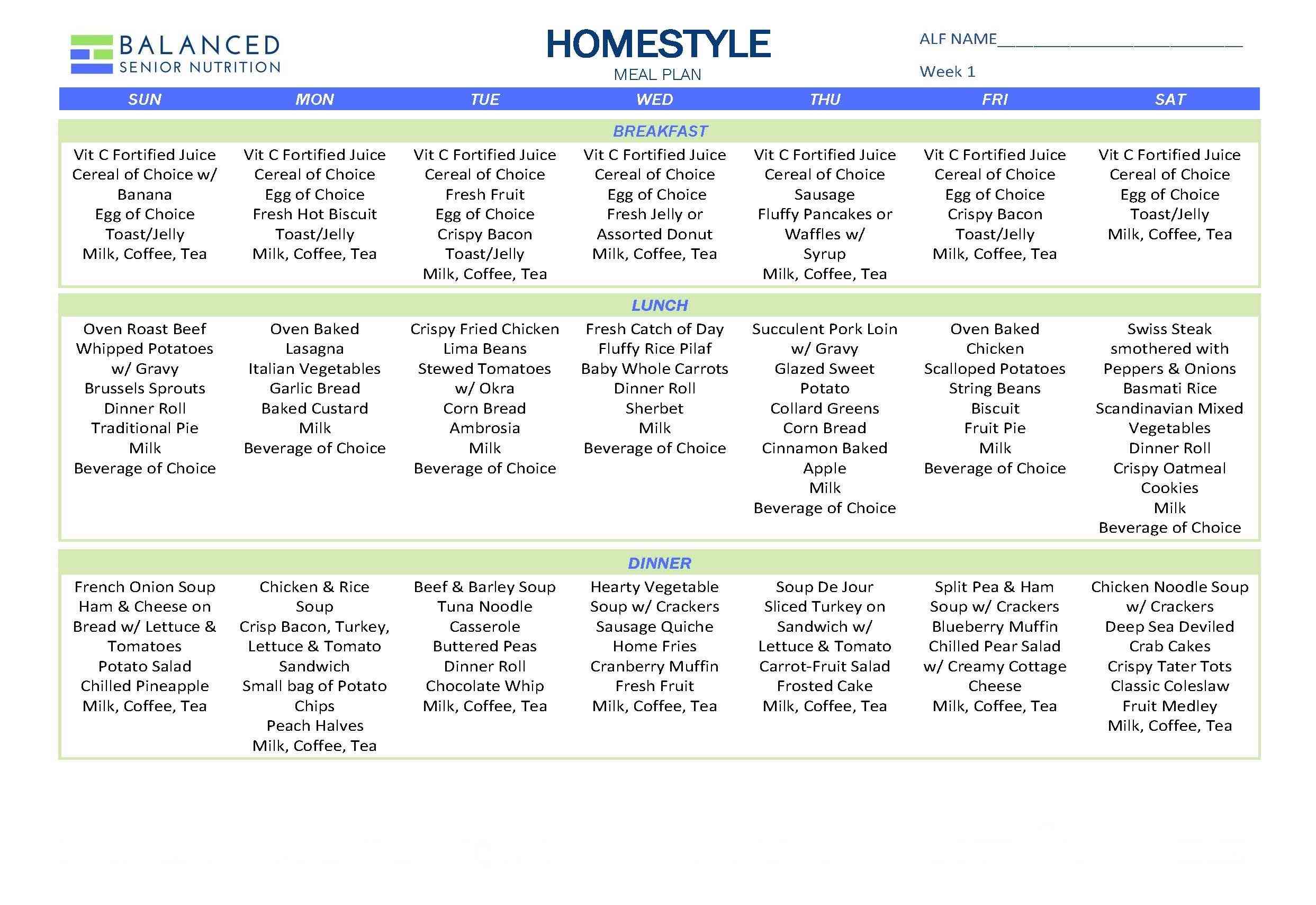 With the new year upon us, we thought it would be helpful to focus on 10 questions to think about when it comes to making 2019 the best possible year for your community. That means improving ratings by reducing citations, making food safety a priority, keeping costs down, and focusing on person-centered dining practices with an emphasis on care plans that support a resident’s right to make an informed choice about meals and snacks, while keeping them as safe as possible. Let’s get started.
With the new year upon us, we thought it would be helpful to focus on 10 questions to think about when it comes to making 2019 the best possible year for your community. That means improving ratings by reducing citations, making food safety a priority, keeping costs down, and focusing on person-centered dining practices with an emphasis on care plans that support a resident’s right to make an informed choice about meals and snacks, while keeping them as safe as possible. Let’s get started.
- Does your Food Service Department have a proactive plan to prevent citations? Does your 5-Star quality rating reflect your current services?
- Health inspections over the past 3 years impact your 5-star rating
- F812 has a major impact, especially since scope is broad. You need to keep up with maintenance and allow time for training. F812 is preventable.
- Are you following the 2017 Federal Food Code?
- In hot water mechanical WAREWASHING operations, an irreversible temperature indicator shall be provided and readily accessible for measuring the UTENSIL surface temperature.
- Make sure staff have thermal strips or appropriate thermometer available, and know how to use it
- Do you have a policy for cleaning a diarrhea or vomiting incident?
- Determine your insect and vermin control program and if you don’t have one, get one.
- Make sure your Person in Charge and food service employees know when to report an illness to the Department of Health.
- Are you taking care of the front of the house food safety?
- Ensure that all foods brought in from outside sources (family, friends, restaurants) for residents are stored in the nourishment fridge. As well, make sure they are labeled, dated, and indicate ‘brought in from outside’ to distinguish from food provided by community.
- Your policy should be documented and easily accessible.
- Do your care plans include resident directed details?
- In transitioning to person directed care, look at the language used in care plans.
- For nutrition approaches, think about when, where and what a person wants to eat.
- What do you do when a resident wants to make a risky decision? It is their right.
- Talk with them about risks/benefits of their decision.
- Document the residents’ choice, using their own words.
- Are you utilizing this simple method to keep costs down?
- Ask residents if they want the regular portion, or if they prefer a smaller portion. Even though the menu specifies a standard portion size, the resident can elect to receive a smaller portion.
- Is hand hygiene in the dining room consistent and based on sound practice?
- Train your serving staff to wear gloves before holding a roll while buttering, cutting a sandwich or removing crackers.
- Correct any issues by frequently observe dining to detect improper hygiene practices and offer staff training.
- Are the snacks you are offering the snacks that your residents prefer?
- Poll residents about which snacks they would prefer, and work to make snacks available when and where residents prefer.
- Have your Food Service Manager participate in Residents’ Council meetings.
- Do you have best practices for Quality Measures related to nutrition?
- UTI rates, pressure ulcers, weight loss and decline in ADLs all related to nutrition.
- IDDSI is here – are you ready?
- The International Dysphagia Diet Standardization Initiative developed a dysphagia diet framework that consists of a continuum of 8 levels (0-7), where drinks are measured from Levels 0 – 4, while foods are measured from Levels 3.
- Go to the IDDSI website at iddsi.org for more information on the framework and implementation.
Once you have the top 10 items covered, we suggest you focus on the following:
- Do you have a short term and long-range plan for enhancing dining?
- Are all your residents screened for malnutrition on a yearly basis? Does their diagnosis list include a malnutrition diagnosis?
- Is your Dietitian doing a complete nutritional physical assessment upon admission and yearly, matrix, coding
Our team of experts is here to help in the ongoing challenges of person-directed dining so you can be confident you’re in compliance with the current Standards of Practice as well as CMS regulations and guidance. Contact us today.


